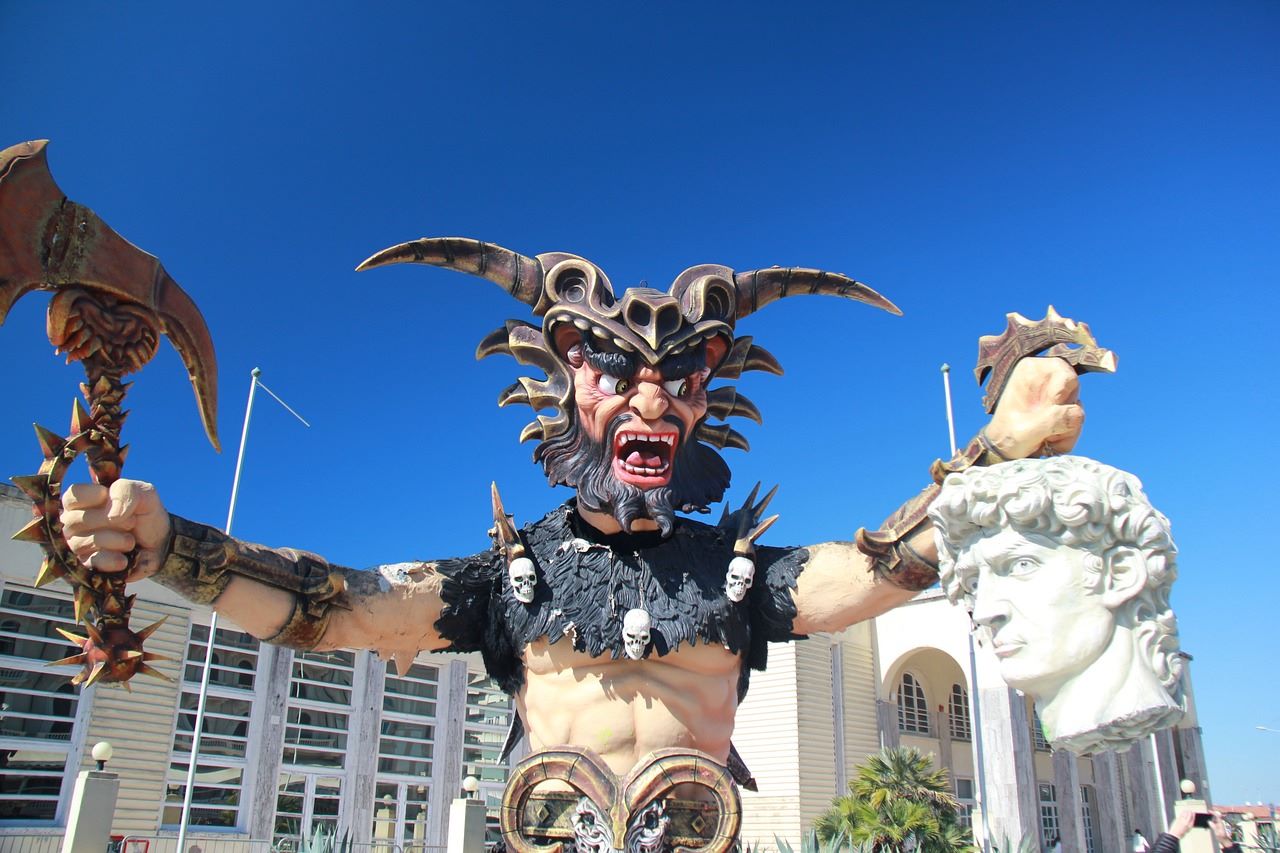Reading time: 5 minutes
Have you ever wondered why Carnival is celebrated in Italy? The truth is that this custom has very ancient roots that date back to Roman times. This carefree festival is celebrated throughout the country and each region has its own special traditions and characteristics.
Why is it called “Fat Tuesday”?
The origin of Shrove Tuesday can be traced to the pagan celebrations of ancient Rome. During these holidays, people indulged in rich, fatty foods before the start of Lent, a period of abstinence and penance in which Christians prepare for the Easter period. The term “Carnival” comes from the Latin phrase “carne levare”, which means “remove the meat”.
In fact, Fat Tuesday (or Shrove Tuesday), also known as Mardi Gras in French, and Martedì Grasso in Italian, is the day before the start of Lent in the Christian liturgical calendar. This day always falls on the Tuesday before Ash Wednesday.
Fat Tuesday is celebrated in many countries around the world, but is particularly famous for its celebrations in some cities such as Venice, Rio de Janeiro and New Orleans. During this day, people participate in parades, masquerade balls, parties and other festive events.

The Tradition of Wearing Masks
Wearing costumes and especially masks on Shrove Tuesday dates back to the Middle Ages. This allowed people to hide their identities and participate in festivities anonymously, without concerns about social or religious conventions.
Today, Shrove Tuesday is a day of celebration and joy, often characterized by parades of allegorical floats, masks, music, and dance. It is an opportunity for people to have fun and enjoy the last day of abundance before starting Lent.
The first historical traces of Carnival in Italy date back to the 13th century, when it began to be celebrated with sumptuous parties and banquets. Initially, it was a carousel of horses and riders, but as time passed it transformed into a more sumptuous and masked celebration.

Some of the most famous celebrations in Italy
One of the most famous cities for Carnival in Italy is Venice. Here, the tradition of masks dates back to the 15th century, when the Venetian nobility organized parties and banquets crowded with masked guests who wandered through the streets of the city. The most famous masks are the Bauta, the face covered by a white mask and a black cloak, and the Tricorne, with three points that indicated the wearer’s social superiority.
The city of Viareggio, in Tuscany, is also famous for its Carnival. Parades of large allegorical floats take place here, real shows of political satire that caricature famous people and events of public importance. The enormous allegorical floats attract thousands of visitors from all over the world, and it is one of the most important events of the Italian Carnival.

Rome also hosts a Carnival rich in history and tradition. The Roman Carnival is characterized by games and shows in the streets of the city, such as horse races and float parades. Furthermore, the traditional “Latin Carnival” is celebrated, a procession of folk groups from all over Lazio who parade through the streets of the historic center, wearing traditional costumes and dancing to the rhythm of traditional music.
La Joie de vivre
In general, Carnival in Italy is a party that celebrates the joy of living, through music, dances, and masks. It’s an opportunity to let go, forget everyday worries, and have fun in the company of friends and family.

Each Italian region has its own specific traditions, but they all share the goal of partying and having fun. Carnival is considered the last chance to let oneself go before the start of the fasting period of Lent, and is one of the most awaited and loved holidays by Italians of all ages.


